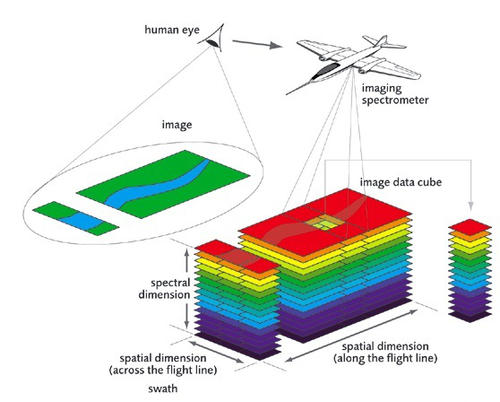|
~
|

On April 14 and 15, 2015 a curious plane could be spotted above Belgium. The Dornier DO-228 airplane, operated by Deutsches Zentrum für Luft- und Raumfahrt (DLR), was carrying out measurements with the Airborne Prism EXperiment instrument. APEX is an airborne pushbroom hyperspectral imager developed by a Swiss-Belgian consortium on behalf of ESA. The objective of this campaign is to map the nitrogen dioxide (NO2) spatial distribution at high resolution over the three largest and most heavily polluted Belgian cities, i.e. Brussels, Antwerp and Liège, based on APEX spectra, being solar radiation backscattered by the atmosphere or ground surface. NO2 is an atmospheric trace gas, with a large impact on tropospheric chemistry, climate and human health, and often studied as a proxy for air pollution in general. The campaign is performed in the framework of the BELSPO funded BUMBA project (Belgian Urban NO2 Monitoring Based on APEX remote sensing), which is a collaboration between BIRA-IASB, VITO and IRCEL-CELINE and started in January 2015. It aims at the development and demonstration of a new system, combining high -resolution modelling supported by APEX measurements, to inform in near-real time on the risk of human exposure to NO2. More information on the BUMBA project and campaign can be found here. Contact: F. Tack (frederik.tack@aeronomie.be) |



